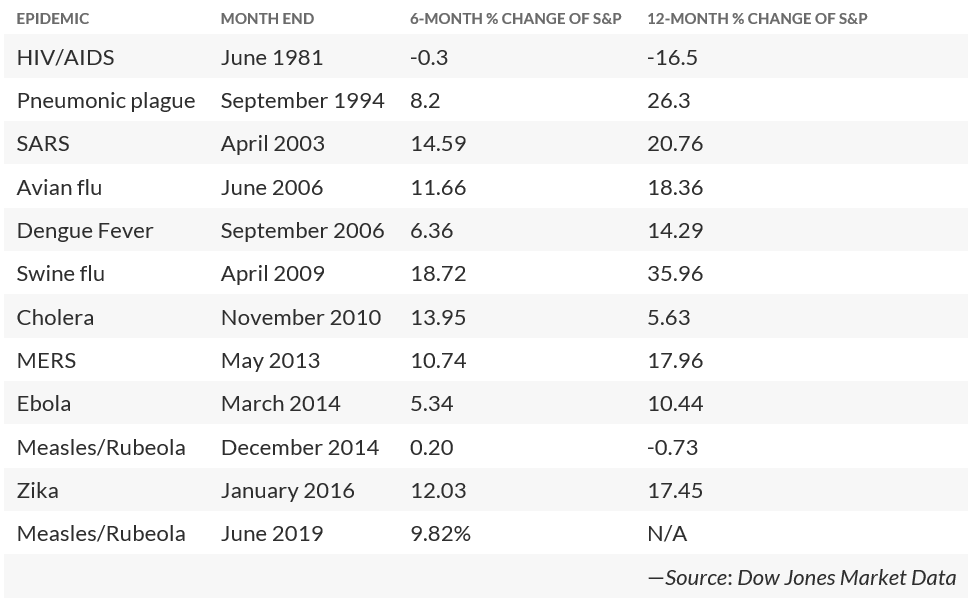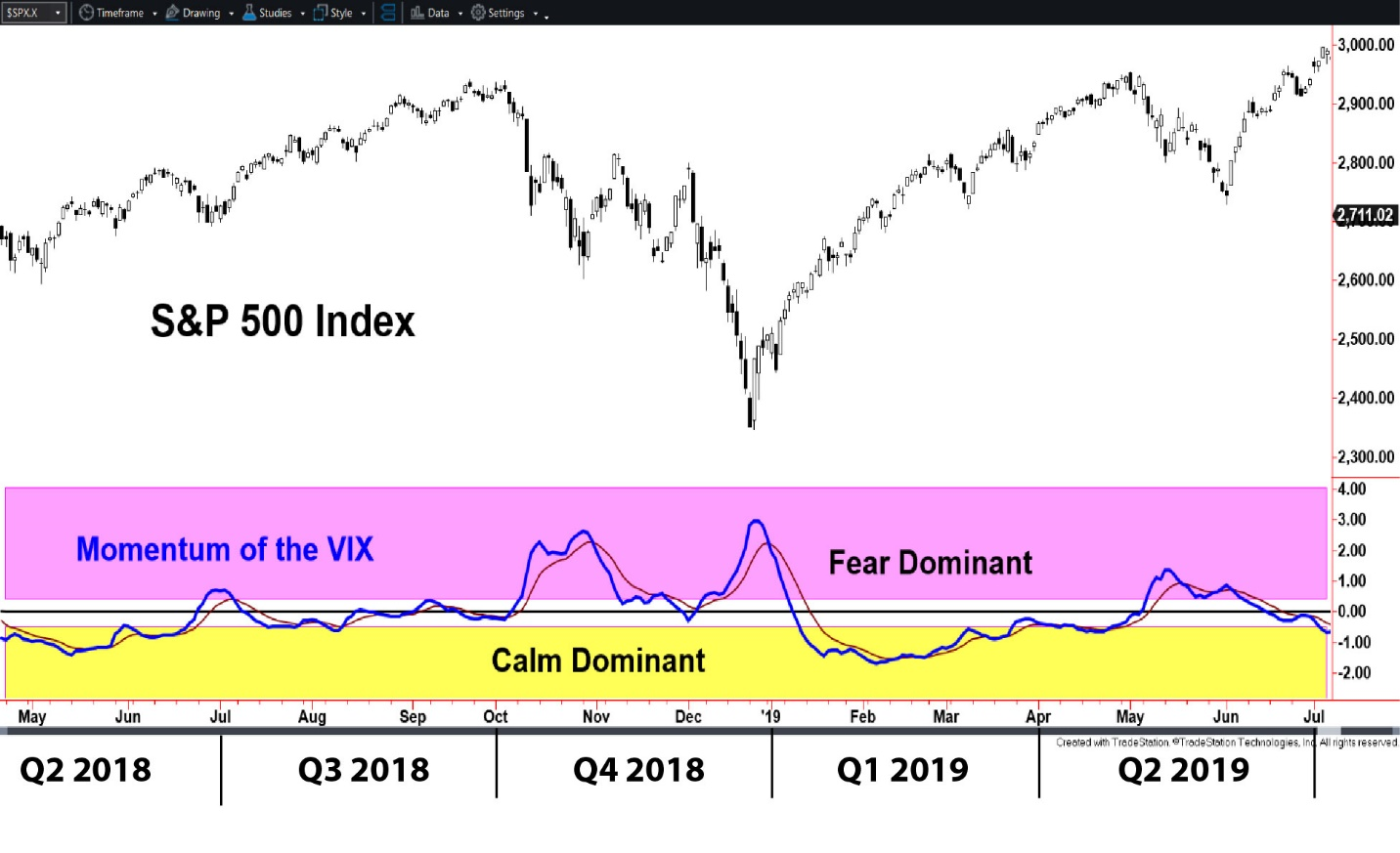Blockchain is a public record of transactions, known as a ledger, that is recorded and duplicated across a distributed computer network secured using cryptography. In the case of Bitcoin (one of the most well-known blockchain-based currencies), every time a Bitcoin transaction takes place, it’s recorded in the ledger for all to see. While the ledger is public (typically in blockchains), the data is anonymous and encrypted.
“blockchain: A public, permanent, append only ledger for storing and verifying transactions”
In an active blockchain, there are often thousands of machines around the world owned by different people participating in the blockchain at any given time; each node serves as a redundant copy of the ledger. To add new transactions to the ledger requires consensus among the majority of participants at any given time. The goal: to make it very difficult and expensive for hackers to maliciously alter the blockchain.
“There is potential for Blockchain to be utilized in every industry”
Keeping a record of financial transactions isn’t the only use of blockchain technology. There are endless potential future uses for utilizing blockchain technology. For example, Kodak has launched a Blockchain-Enabled Document Management System to keep a public ledger to verify the author of photographs for copyright purposes. Kodak claims that the blockchain platform will lead to 20-40% cost savings through automated workflows and decreased human management of content, information, and documents.
Blockchain is also having a big impact in the financial sector. PNC Financial Services, one of the top ten banks in the United States has been utilizing RippleNet since 2016 to use its blockchain solution for cross border payments and settlements. PNC is a leader in fintech with strategic relationships with RippleNet, investments in artificial intelligence solutions, and has been recognized by Forbes as a top blockchain company. The financial sector is achieving the following benefits utilizing blockchain payments.
– Faster transactions
– Lower fees
– Reduction of fraud
– Use of Smart contracts
– Transparency
 A smart contract isn’t unlike its paper predecessor. It helps you exchange property, services, and currency. But unlike that hardly enforceable paper stack paper clipped together on your desk, this contract is a self-executing document enforced by blockchain. When the first condition is triggered, the funds are released automatically. Many blockchains support smart contracts. The Ethereum blockchain serves as a “global computer” that anyone can rent time on to perform complex computations. Ethereum is a global, open-source platform for decentralized applications. Use of this computing platform, which is kind of like a decentralized supercomputer, is paid for in Ether, which is a solution to the issue of payment. This is the fuel that keeps apps and developers on the Ethereum blockchain.
A smart contract isn’t unlike its paper predecessor. It helps you exchange property, services, and currency. But unlike that hardly enforceable paper stack paper clipped together on your desk, this contract is a self-executing document enforced by blockchain. When the first condition is triggered, the funds are released automatically. Many blockchains support smart contracts. The Ethereum blockchain serves as a “global computer” that anyone can rent time on to perform complex computations. Ethereum is a global, open-source platform for decentralized applications. Use of this computing platform, which is kind of like a decentralized supercomputer, is paid for in Ether, which is a solution to the issue of payment. This is the fuel that keeps apps and developers on the Ethereum blockchain.
Blockchain technology has been viewed as a way to create secure digital identities in a decentralized way, where the ownership of your online identity isn’t controlled by one entity. Recently, Microsoft announced its support of blockchain-based identity systems, such as the one used by the ID2020 Alliance.
Other proposed uses of blockchain technology include storing medical records securely. This method could prove beneficial in verifying and protecting patients’ data while making records readily accessible. A trial by MIT Media Lab and Beth Israel Deaconess Medical Center shows that blockchain works extremely well in terms of tracking test results, treatments, and prescriptions for inpatients and outpatients over 6 months.
Cyberattacks are considered to be the fastest growing crime in the US, and they are increasing in size and frequency. There are 400 new threats every minute, and up to 70 percent of emerging attacks going undetected by signature-based antivirus. Blockchain could be utilized in protecting computers from ransomware and other breaches. This could be in preventing distributed denial of service (DdoS) attacks by verifying traffic, validating attachments, and approving updates. Antivirus companies are revealing plans to create the first decentralized marketplace for threat intelligence.
There is potential for Blockchain to be utilized in every industry. This includes food delivery, legal contracts, insurance providers, and even our education system. Even the United States Postal Service is considering utilizing it for tracking and transaction processing. These are exciting times for this new technology. Ill go out on a limb and say the blockchain may invoke a paradigm shift on the future of verification.


